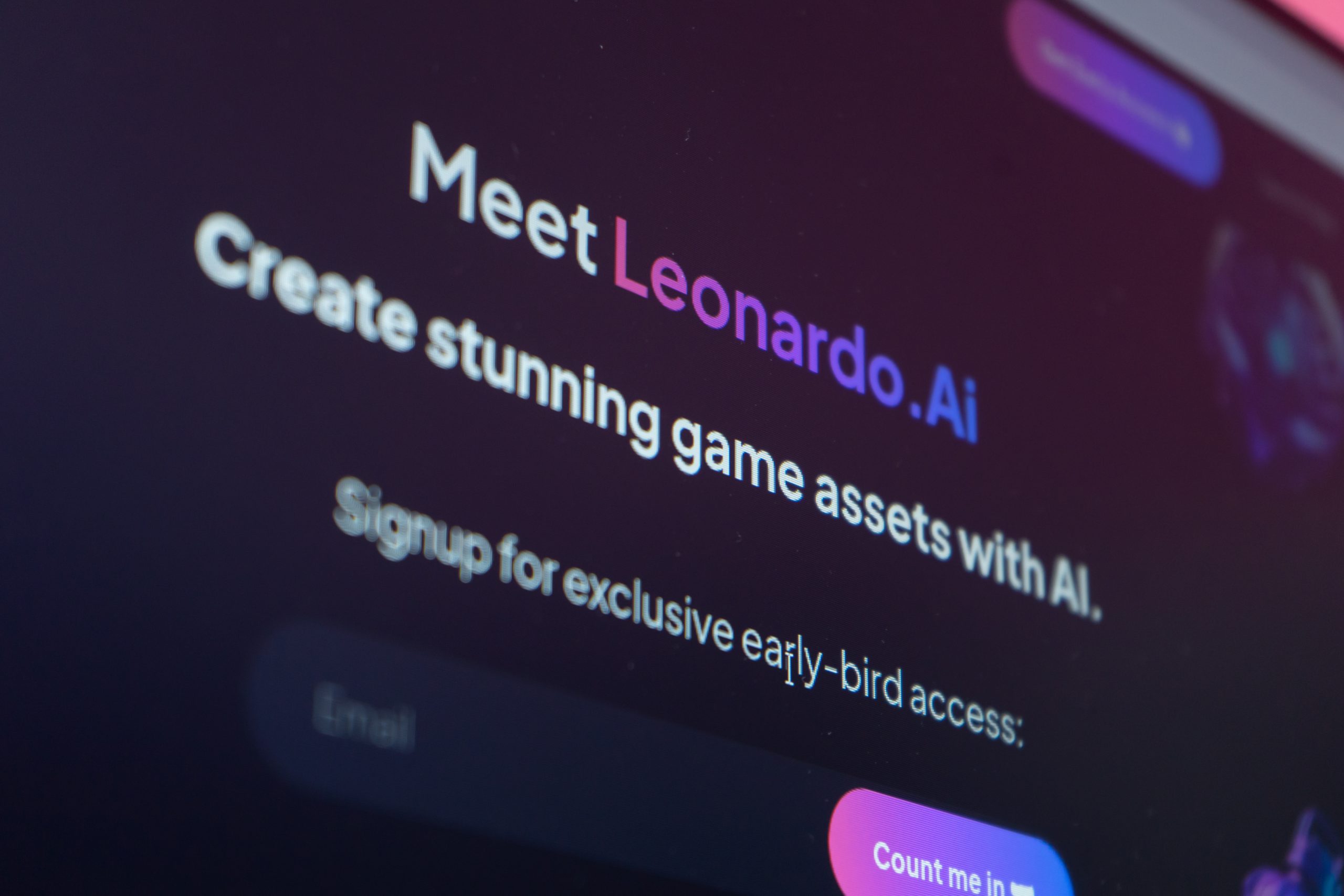Why Visual Content Is Now an SEO Powerhouse
The landscape of search engine optimization (SEO) is evolving rapidly. For years, SEO strategies revolved around keyword optimization, backlinks, and quality written content. But in 2025, visual elements are taking center stage, especially with the rise of AI-generated images.
As search engines like Google shift toward visual-first experiences and tools like Google Lens become more mainstream, marketers are beginning to realize that optimized visuals aren’t just aesthetic assets—they’re essential for ranking, engagement, and discovery.
So how exactly do AI-generated images influence SEO? And how can businesses use them strategically to stand out in the age of AI-powered search?
Let’s dive in.
Why Visual Content Matters More Than Ever
Search engines now favor content that is visually engaging and multimedia-rich. This shift is evident in features like:
- Image-rich featured snippets
- Visual elements in Google Discover
- Google Lens and other visual search integrations
Consider the stats:
- Articles with relevant images get 94% more views than those without
- Visual content increases dwell time, a key behavioral SEO factor
- Visual-first platforms like Pinterest, Instagram, and YouTube continue to influence how consumers discover and trust content
As AI makes it easier to create custom, unique, and optimized images, the competitive advantage of visual SEO is only growing.
What Are AI-Generated Images?
AI-generated images are visuals created by machine learning tools trained on large datasets of photos, art, and designs. Popular platforms like DALL·E, Midjourney, and Adobe Firefly allow users to generate realistic or artistic images based on text prompts.
You might see AI-generated visuals used for:
- Blog post thumbnails
- Product mockups
- Infographics
- Ad creatives
- Social media content
Unlike stock images, these assets can be created to match specific keywords, tones, and user intent—making them incredibly useful for SEO.
How AI-Generated Images Impact SEO
Here’s where it gets interesting: AI-generated images can actively support your SEO strategy when used correctly.
Benefits include:
- 📈 Improved ranking in image search results
- 🧩 Greater semantic relevance between visuals and surrounding content
- 🕐 Better engagement metrics (time on page, scroll depth, reduced bounce rate)
- 🧠 Support for E-E-A-T through visual storytelling and brand consistency
Search engines don’t just “see” images anymore—they analyze them for content, relevance, context, and originality. When AI visuals are aligned with your topic and keywords, they can enhance your topical authority and improve visibility across different search surfaces.
Best Practices for Optimizing AI-Generated Images for SEO
To get the most SEO value from AI-generated visuals, treat them like any other on-page asset—with intention and strategy.
Here’s how:
- Use descriptive file names that include keywords (e.g., “ai-generated-seo-visual-2025.jpg”)
- Write meaningful alt text that helps both accessibility and search indexing
- Compress images for fast loading without compromising quality
- Wrap images in relevant, keyword-rich content to give them context
- Use structured data (image schema) to help search engines categorize visuals properly
- Maintain visual consistency with your brand tone and color palette
AI lets you generate images instantly, but it’s human oversight that ensures they’re strategically useful.
Ethical Considerations and Common Pitfalls
AI visuals open new creative doors—but they come with risks.
Watch out for:
- Unintended biases or stereotypes in AI-generated outputs
- Over-reliance on synthetic realism, which can feel inauthentic
- Copyright gray areas, especially with images mimicking real-world artists or styles
- Google’s evolving stance on AI-generated content, which stresses relevance and originality over automation
Always aim to enhance user value, not just fill space.
AI-Generated Images and Generative Search (GEO)
Search is becoming conversational and AI-driven. Tools like Google’s Search Generative Experience (SGE) and Microsoft Bing Copilot are blending visual, text, and voice search into a single interactive layer.
AI-generated images support this by:
- Enhancing answers with tailored visuals
- Matching long-tail keyword intent with custom illustrations
- Boosting the relevance and richness of AI summaries in search
For example, an article on “how to grow indoor herbs” might include AI-generated visuals of herb arrangements, increasing the chance of being surfaced in image-first snippets or assistant-style answers.
Industries Benefiting Most from AI Visuals
Some sectors are already gaining serious SEO traction using AI-generated images:
- E-commerce – Product mockups, lifestyle scenes, bundle previews
- Real estate – Virtual staging, dream home visuals
- Education – Infographics, step-by-step process visuals
- Healthcare & Finance – Conceptual illustrations and explainer graphics
- Tech & SaaS – Interface mockups, flow diagrams, whitepaper visuals
If your content explains, educates, or sells, AI visuals can likely support it.
Human Creativity Still Leads the Way
AI is a brilliant co-creator—but human creativity, taste, and ethics still drive the final product. The best-performing visuals are often the result of a collaborative loop between creative teams and AI tools.
Use AI to:
- Kickstart ideas
- Visualize abstract concepts
- Scale faster with consistency
Use humans to:
- Curate quality
- Apply brand logic
- Ensure SEO relevance and emotional clarity
Conclusion: Visual SEO Starts Now
AI-generated images aren’t just decoration—they’re becoming strategic SEO assets. When used thoughtfully, they boost engagement, improve rankings, and future-proof your content for emerging AI-driven search experiences.
So don’t treat visuals as an afterthought. In the new era of SEO, they’re central to visibility, authority, and user trust.

